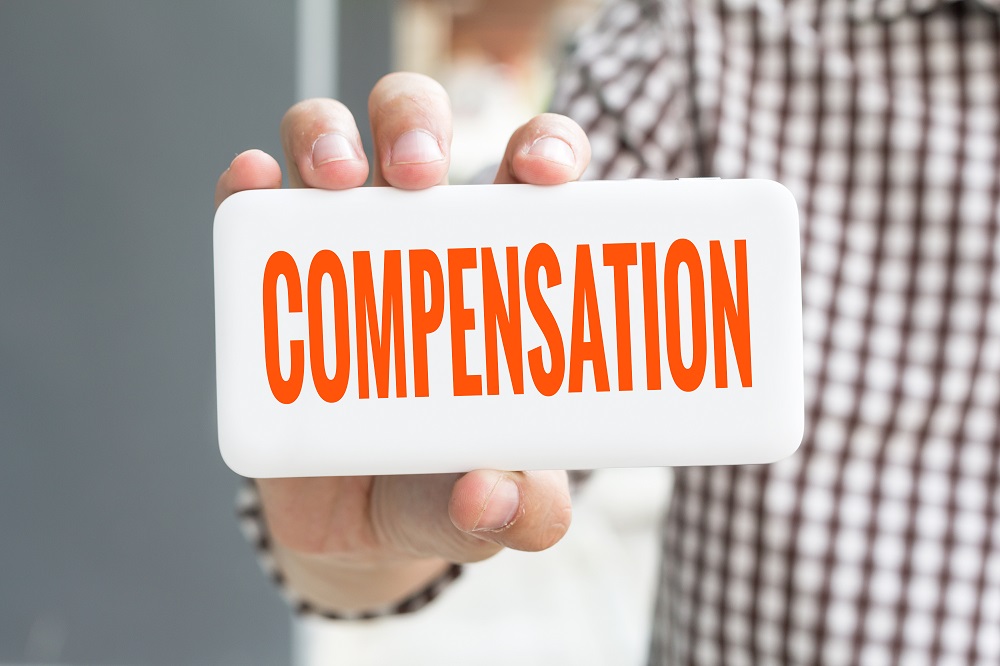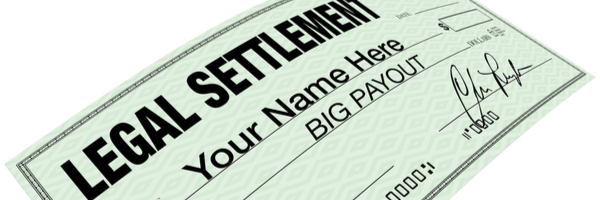For many people, securing a fair monetary settlement after months or even years of negotiating with an insurance company can feel liberating. Concluding your personal injury claim should feel like have obtained a measure of justice following your accident. It is also important to understand how the process unfolds to answer the question, How are personal injury settlements paid out in Hawai’i?
The insurance company will not immediately deposit funds into your account the moment a negotiation is complete. There are other obligations that must be addressed, and the at-fault party will also likely have some requirements before the settlement is complete. The attorneys of Olson & Sons could help you resolve your injury claim without delay.
Personal Injury Releases and Waivers in HI
Negotiating a personal injury claim is a two-way street. As an injury victim, you are seeking monetary compensation from the responsible party. However, the other side expects something in return during the course of these negotiations. In exchange for a monetary payment, the other side will expect you to waive all of your claims related to the accident in question. This usually comes in the form of a written release.
A release is a legal document signed by the parties to a personal injury claim. It spells out the specific language of the settlement, including the amount of compensation that is to be paid to you. The release earns its title from the fact that by signing it, you release all of your rights to pursue your claim against the at-fault party.
You will only get one chance to resolve your personal injury case. Once you secure a settlement and sign the release, you will never be able to pursue that claim again. The at-fault party and their attorney will require that the release be negotiated and signed before payment on your claim can occur.
How Liens and Medical Bills Are Paid in Hawaii
When the defendant in your personal injury claim pays a settlement, they will submit the check directly to your attorney. Before you will ever receive any of your money, it is your attorney’s duty to resolve your medical liens.
For many people, paying for the medical expenses related to an unexpected injury out of pocket is impossible. To ensure an injured person does not have to go without care, medical providers will treat the injured party in exchange for a medical lien. This lien is more than just a bill; it must be satisfied before a personal injury claim may be completed.
It is worth noting that negotiations are commonplace when it comes to resolving medical liens. Often, medical providers will agree to accept less than the full amount of the lien in an effort to expediate payment. Your attorney could not only help you resolve your liens but also save you money in the process. Sometimes, a settlement will only be possible if a medical provider will agree to a reduced lien.
Costs and Attorney Fees Resulting from a Personal Injury in Hawaii
There is a final step that occurs before you will receive your compensation—your attorney will collect their fee. As is the case with medical providers, your attorney also holds a lien on your settlement. In fact, the other party will typically put their name on the check as well as yours to ensure the lien is resolved.
The fee your attorney is owed will depend on the agreement you reach with them. Typically, personal injury lawyers are paid on a contingency fee basis. This means that they will keep a percentage of your settlement as their fee. The percentage taken by the attorney will vary, but usually falls between 25 and 50 percent.
The benefit of this relationship is that a personal injury victim will never be at risk of losing money on attorney fees if their personal injury claim is not resolved successfully. With a contingency fee approach, an attorney will only be paid once you are.
How Are Personal Injury Settlements Paid Out in Hawaii?
Once your attorney has taken their fee out of your settlement funds, it is the duty to forward the remainder to you. At this stage, all of your medical bills and legal fees have been paid. Everything that remains will compensate you for any other out-of-pocket expenses or serve as non-economic compensation for your other losses. How you spend this money once you receive it is up to you.
There are different ways the payment could ultimately be made to an injury victim. In many cases, settlements are paid in a single lump sum. In other cases, a payment plan could be worked out between the injured party and the insurance company.
Lump Sum Payments
By far, lump sum payments are the most common way to resolve personal injury cases in Hawai’i. Typically, personal injury cases are resolved with a promise to make a single, lump sum monetary payment in exchange for the dismissal of a lawsuit and the promise to never refile it.
It is important to be certain the lump sum settlement agreed to will meet your needs forever. Once the settlement is reached and the release is signed, it is impossible to seek additional compensation from the at-fault party or their insurance carrier.
Structured Settlements
There are times when a structured settlement is offered and accepted in a personal injury case. While these are uncommon for smaller cases, large-value claims are often concluded through a structured settlement.
Unlike a lump sum payment, a structured settlement involves monthly or annual partial payments of the full amount owed. What’s more, interest on these payments accrues.
Most people prefer to secure their settlement upfront, but structured settlements are appealing to some people. The major benefit to this approach is that it provides an injury victim with certain, lifelong compensation that will continue to meet their needs.
How Long can it Take for a Settlement to Pay Out in Hawaii?
One of the important questions regarding how your personal settlement is paid out is the amount of time it takes for you to receive your compensation. Like with most legal questions, the answer is “it depends.” The amount of time your settlement can take can vary based on many factors. For starters, it matters whether or not you have accepted a lump sum payment or a structured settlement.
When it comes to a structured settlement, these agreements typically last for years. In some cases, the payments could continue for the rest of your life. Given the lengthy amount of time these settlements can take, it can be years between when the payments begin and when they end.
The amount of time is very different when it comes to lump sum payments. Once the settlement is reached, it typically takes a matter of weeks to resolve the case. The other party or their insurance company will not send you a check the moment both sides reach an agreement. There must be time for the release to be drafted, negotiated, and executed by all parties. While this can take a matter of weeks, there are times when issues arrive that could make it take much longer.
Once the release is completed, the last step is for the other side to make the payment. While the amount of time it takes to make this payment can vary, it is typically not more than a few weeks. There are always exceptions to every rule, and some settlement checks can take much longer to receive. The good news is that your attorney could help resolve any delays.
Factors That Could Impact a Settlement
There are several factors that could impact how a settlement is paid out in a personal injury case—or if a settlement is paid at all. These factors could result in disputes over the amount of the settlement, which could impact how long it takes to resolve a personal injury case.
One of the most important factors is whether or not insurance coverage is involved. Insurance companies can increase the chances of a settlement in cases where the defendant does not dispute liability but lacks the resources to make any settlement payments. Insurance companies have ample assets and an obligation to cover for their insured’s liability. However, insurance companies will not always make the settlement process simple.
Fault is another important consideration. If there is no dispute that the other party is at fault, most of the negotiations will be centered on the appropriate level of compensation. That is not the case when the parties do not agree on who caused the injury.
The complexity of a case can also come into play. For example, resolving a two-car vehicle crash is often less complicated than a chain-reaction accident involving a dozen drivers. With multiple parties and a confusing web of insurance coverage, it can be much harder to resolve these cases through settlement.
Discuss Your Personal Injury Case in Hawaii With Olson & Sons
Personal injury settlements can be paid out in different ways in Hawai. Some settlements are made in a single lump sum, while others are structured to last for years. Each of these settlements typically involves both sides reaching an agreement before executing a release.
One of the benefits of working with an attorney that understands the personal injury claims process is that they can help you every step of the way. This includes not only securing a favorable settlement but also guiding you until the moment your compensation reaches your bank account. If you’re wondering how are personal injury settlements paid out in Hawai’i, asking a lawyer will get you that answer.
The attorneys of Olson & Sons have a long track record of success with personal injury claims. To learn more about how we could help with your case, contact us right away to schedule your free consultation.


